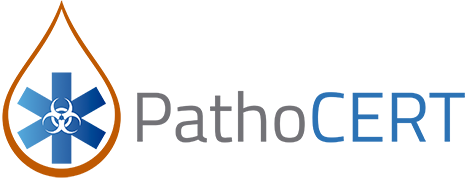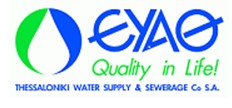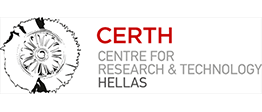
Thessaloniki Case Study
Τhessaloniki is the second largest city of Greece with around a million of inhabitants that live within the greater Thessaloniki area. The city’s water supply resources are both surface and underground, situated in an extended area characterized by a high variety of land uses and development activities, which can exert several stresses and potential risks to the quality and safety of the city’s water supply system.
The objective of this case study is to test and evaluate new technological tools that can provide rapid data collection and analysis for the detection of possible pathogen aquatic contamination during a case of emergency, threat assessment and incident management that are of crucial importance for the safety and response mechanisms.
The scenario of this case study will focus on the management of contamination incidents, due to severe flooding phenomena that occur in the open flow river channel that transports water to the Thessaloniki Drinking Water Treatment Plan, as well as in the delta of Axios river where Search and Rescue activities must take place. The performance and impact of the developed tools for pathogen monitoring, threat assessment and incident management will be studied. The following tools and technologies will be evaluated: PathoSENSE, PathoINVEST, PathoTHREAT, PathoSAT, PathoTWEET, PathoVIEW, PathoIMS, PathoDRONES, PathoWARE, PathoCAM.




